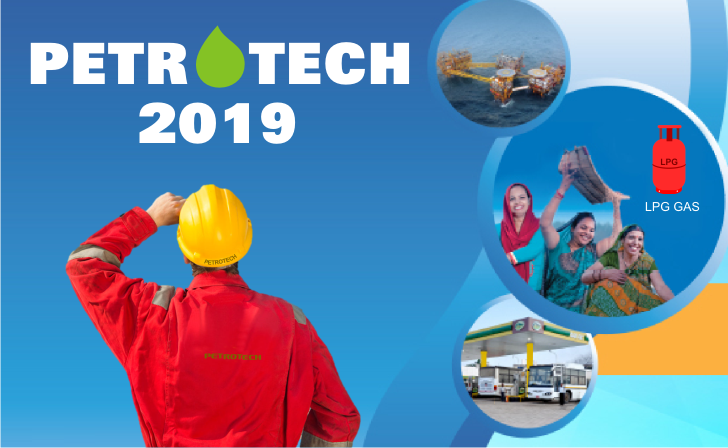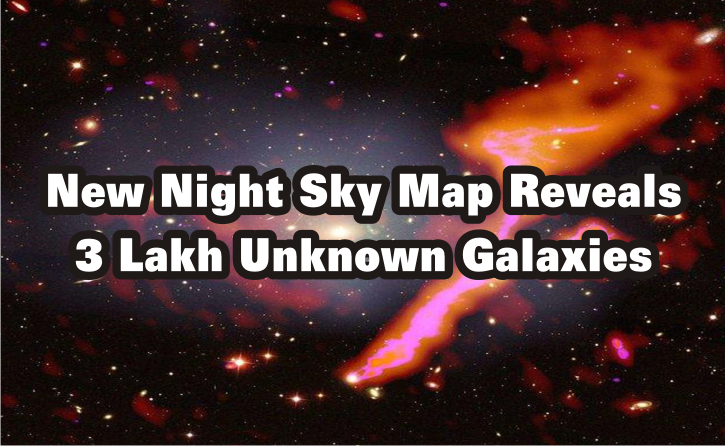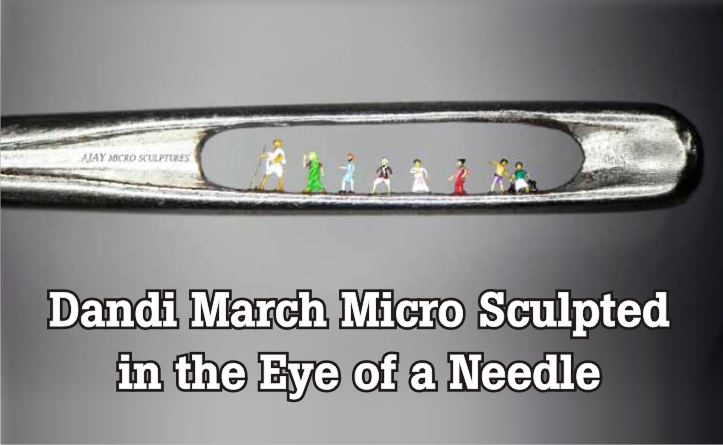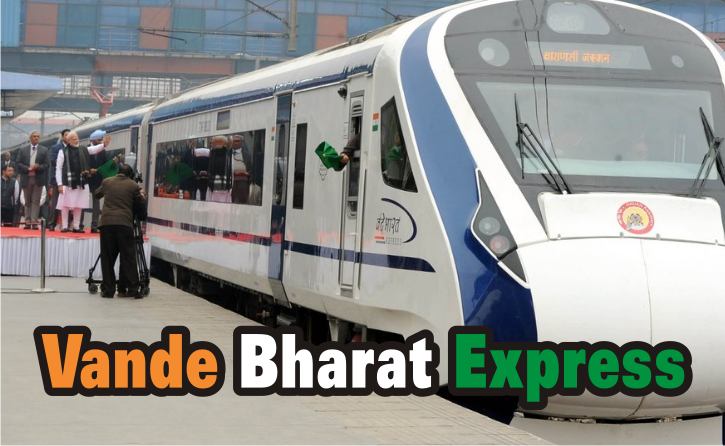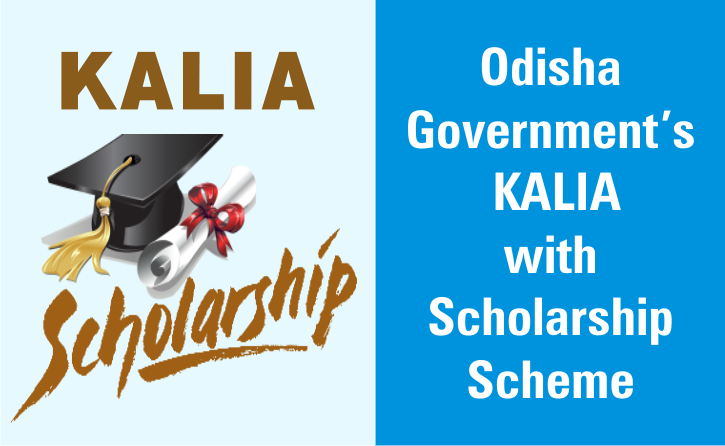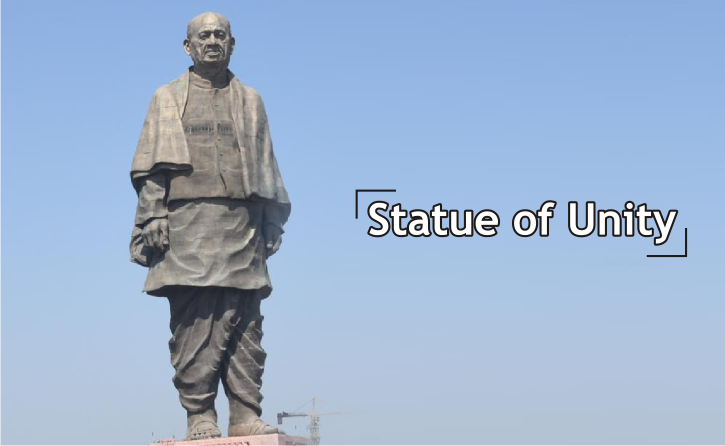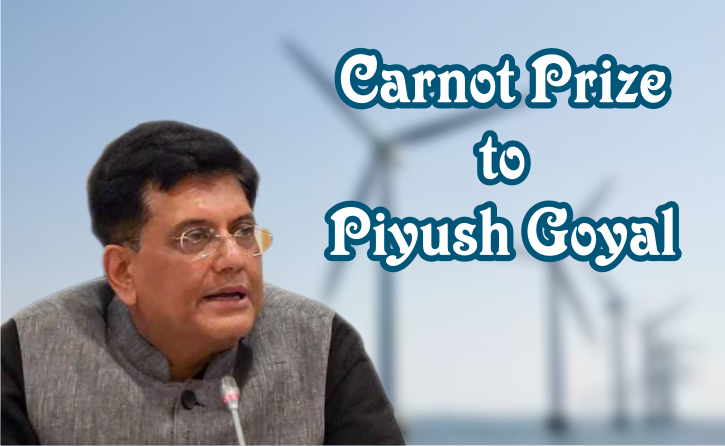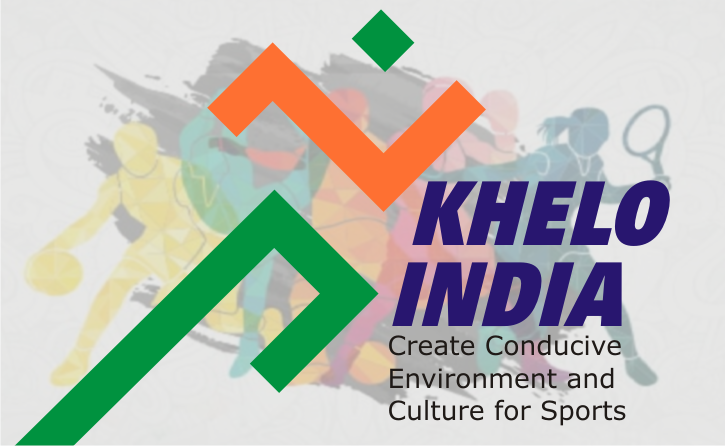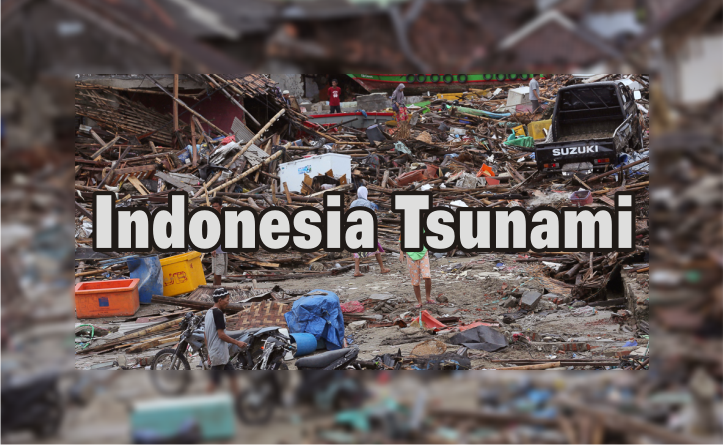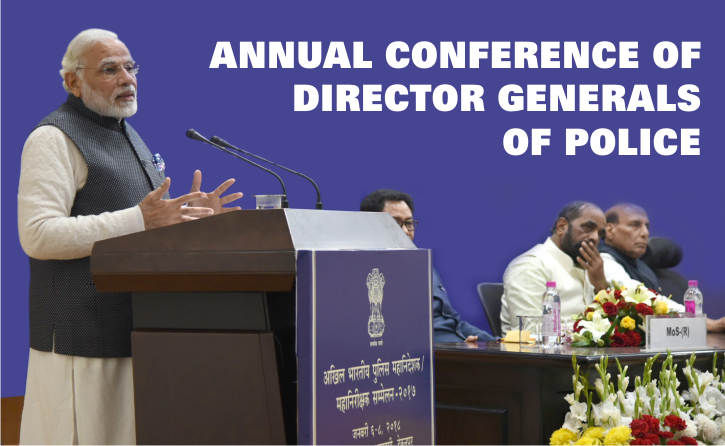PETROTECH -2019, India’s flagship hydrocarbon Conference was inaugurated by Prime Minister Narendra Modi at India Expo Centre, Greater Noida in Uttar Pradesh on Monday 11 February 2019 in its 13th edition, pitching for responsible oil pricing that balances interests of both the producer and the consumer, Modi said, “For too long, the world has seen crude prices on a roller-coaster,” and added, “We also need to move towards transparent and flexible markets for both oil and gas. Only then, can we serve the energy needs of humanity in an optimal manner”. Leading lights from the oil and gas sector participated in the Conference.
Highlighting the importance of energy as a key driver of socio-economic growth, Modi further said:
- Suitably priced, stable and sustainable energy supply, is essential for rapid growth of the economy. It also helps the poor and deprived sections of society, to partake of economic benefits.
- There is a shift in energy consumption from West to East.
- United States has become the world’s largest oil and gas producer after the shale revolution.
- There are signs of convergence, between cheaper renewable energy, technologies, and digital applications which may expedite the achievement of many sustainable development goals.
- Global community must join hands in tackling the challenge of climate change and achieve targets at COP-21 in Paris, as India has already made rapid strides in meeting its commitments.
- Industry 4.0 (technologies, spanning mobile computing to cloud computing, have undergone vast development in the last decade and are now ready to be used as commercially available, interconnected systems within manufacturing) will change the way industry operates, with new technology and processes.
- Indian companies are adopting latest technologies to improve efficiency, increase safety and reduce costs.
- People must have universal access to clean, affordable, sustainable and equitable supply of energy as Modi lamented that although,” we are entering an era of greater energy availability. But more than a billion people across the globe still do not have access to electricity. Many more do not have access to clean cooking fuel”, and added that India has taken a lead in addressing these issues of energy access.
- India is currently, the fastest growing large economy in the world and could be the second largest economy in the world by 2030 and also the third largest energy consumer in the world.
- India remains attractive market for energy companies with energy demand expected to more than double by 2040.
- ‘Blue Flame Revolution’ is under-way, as LPG coverage has reached more than 90% in India from 55% five years ago.
- Major reforms in India’s oil and gas sector have been seen in the last five years
- India today has the fourth largest refining capacity in the world. This will further grow by about 200 million metric tons by 2030.
- India is making rapid strides towards a gas based economy. Over 16000 km of gas pipeline has been constructed and an additional 11 km is under construction.
- The tenth bid round for City Gas Distribution will cover over four hundred districts and extend coverage of City Gas Distribution to 70% of our population.
PETROTECH provides the perfect setting to ponder over the future of the energy sector and provides the platform to reflect upon how global shifts, transitions, policies and new technologies will influence market stability and future investments in the sector. Over the last quarter century, PETROTECH has served as a platform to discuss solutions to challenges faced in the energy sector.

